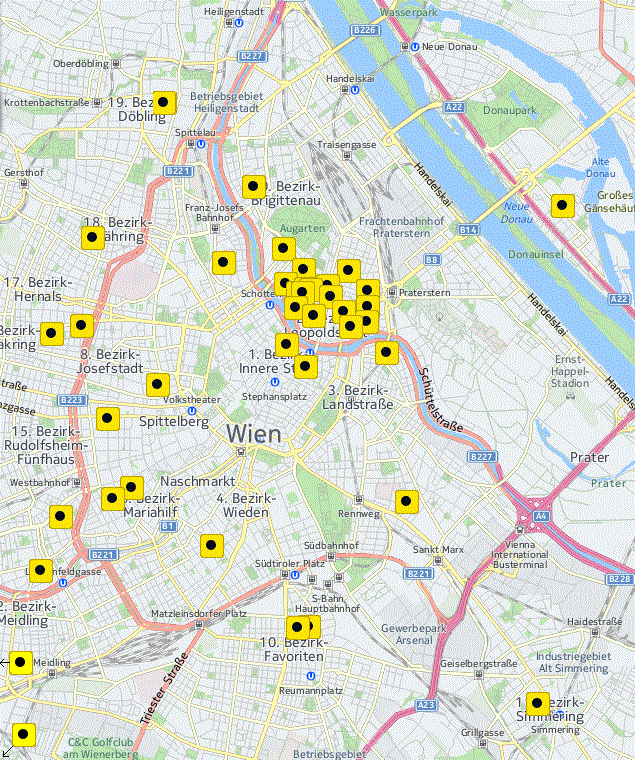The CEO abusing staff at Twitter is in a toxic tryst with his other companies.
It’s not just that he seems to be ignoring them, he’s not even protecting them from his own dumb mistakes.
A huge spike in misinformation is now being spread by Twitter’s CEO to his other brands.
Here is one of his newly “verified” accounts spitting all over him:

And if that’s not clear enough, here’s another of his newly “verified” accounts also spitting all over him:

The complete failure of his best idea for verification systems was easily avoidable. An $8 “verification” system with no authority mechanism is as ethically bankrupt as it looks at first glance. Some of the worst consequences from such mistakes however are unfortunately permanent.
Putting a car on the road, let alone sending a rocket into space, means strict government-led safety requirements for a very simple reason: a market often doesn’t solve properly on its own regarding catastrophic harms. Outside, inherited, oversight is necessary.
As I warned in my 2016 presentations Josh Brown was decapitated in a Tesla because of such dumb “crash faster” thinking that falsely described primitive lane assist as “collision avoidance”. There’s no “do over” for Josh after CEO’s disinformation led to his death, and the world is worse off because of it.
To put it another way, the CEO of Twitter is openly saying he encourages dumb ideas to be put into practice quickly by engineers without any real oversight or sense of social or moral obligations.
He even rushed into firing half the company without knowing how it runs and then a few days later was wasting money and time to hire back the people he had just fired.
Such lust for “permanent improvisation” is disgusting and sad to witness; those who know even basic history are condemned to watch other people repeat its worst mistakes.
Are all his engineers being told everything is just fine when people die in their rockets or cars? Do those engineers just expect they will go on and kill more people later (unless they’re fired and replaced with someone more willing to ignore safety; as disposable as their dead customers)?
That’s not even an exaggeration. Musk literally described his far-off vision for an optimal “mission to Mars” as “a bunch of people will probably die“.
Imagine a CEO writing “your tragic loss of life, caused by our dumb ideas being thrown into production without care, is because… uncaring works out better for me”.
Musk is demonstrating yet again his willful rejection of science, based in an inability to grasp basic engineering principles (e.g. an ethical requirement for social good).
Although the Twitter disaster helps illustrate why Tesla delivered worse products over time compared with other cars on the road, and why its value depreciates faster than market averages, it doesn’t explain why this man is allowed to be a CEO in America.









